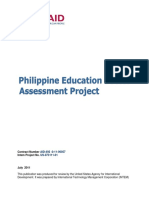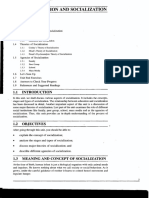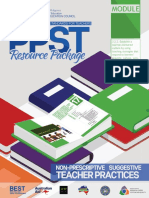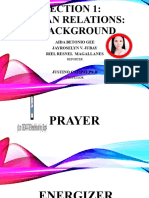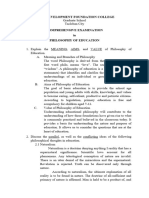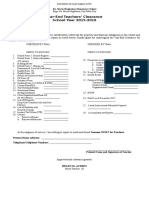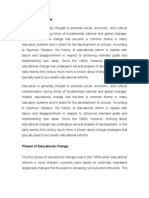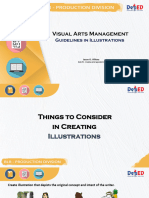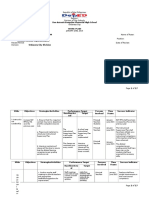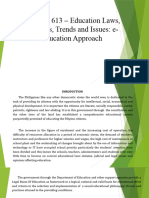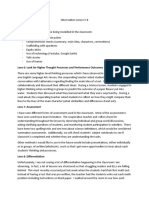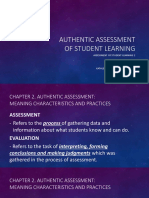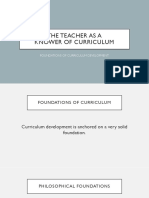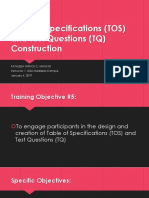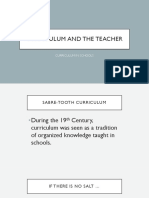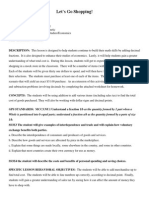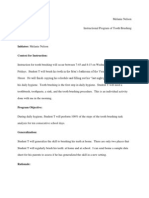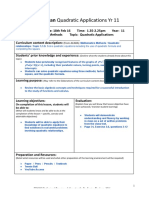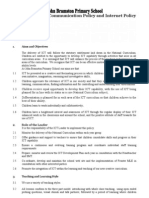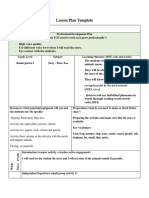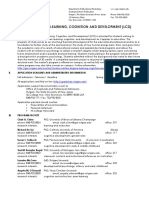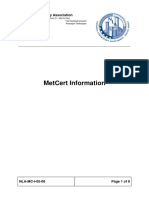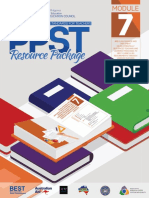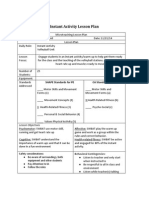0% found this document useful (0 votes)
248 views27 pagesCurriculum Development Module 1 Lesson 1
The document discusses the concept of curriculum and its central role in education. It outlines 7 types of curricula that can exist in schools: (1) recommended, (2) written, (3) taught, (4) supported, (5) assessed, (6) learned, and (7) hidden/implicit. It emphasizes that the teacher plays a major role in facilitating learning across all types of curricula and that curriculum is at the heart of the teaching profession.
Uploaded by
Kathleen Grace MagnoCopyright
© © All Rights Reserved
We take content rights seriously. If you suspect this is your content, claim it here.
Available Formats
Download as PPTX, PDF, TXT or read online on Scribd
0% found this document useful (0 votes)
248 views27 pagesCurriculum Development Module 1 Lesson 1
The document discusses the concept of curriculum and its central role in education. It outlines 7 types of curricula that can exist in schools: (1) recommended, (2) written, (3) taught, (4) supported, (5) assessed, (6) learned, and (7) hidden/implicit. It emphasizes that the teacher plays a major role in facilitating learning across all types of curricula and that curriculum is at the heart of the teaching profession.
Uploaded by
Kathleen Grace MagnoCopyright
© © All Rights Reserved
We take content rights seriously. If you suspect this is your content, claim it here.
Available Formats
Download as PPTX, PDF, TXT or read online on Scribd
/ 27



